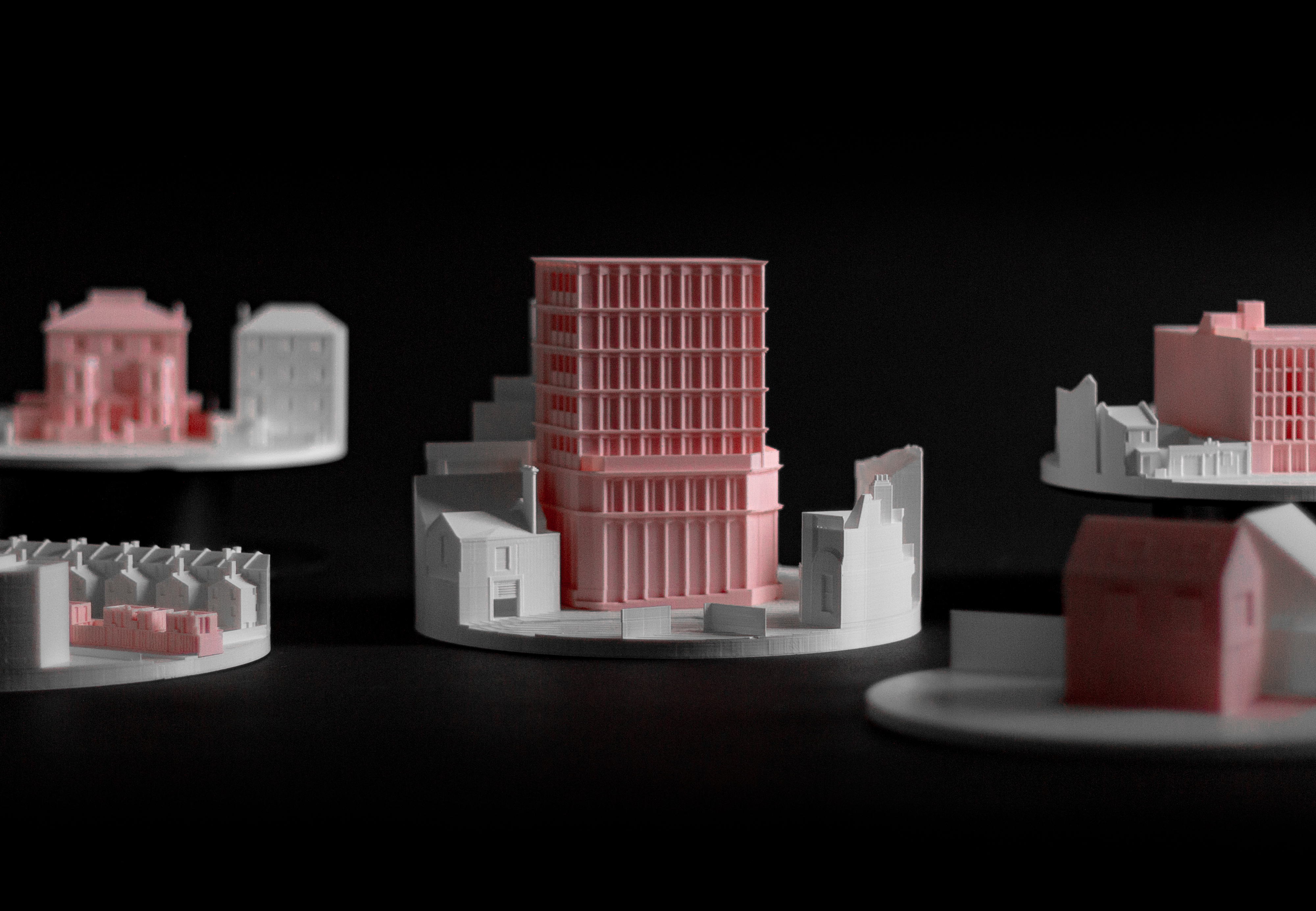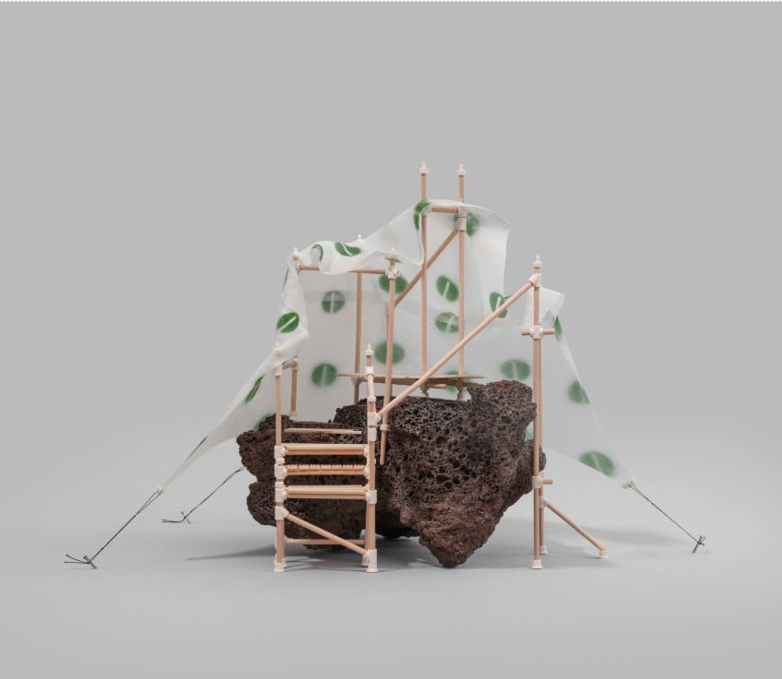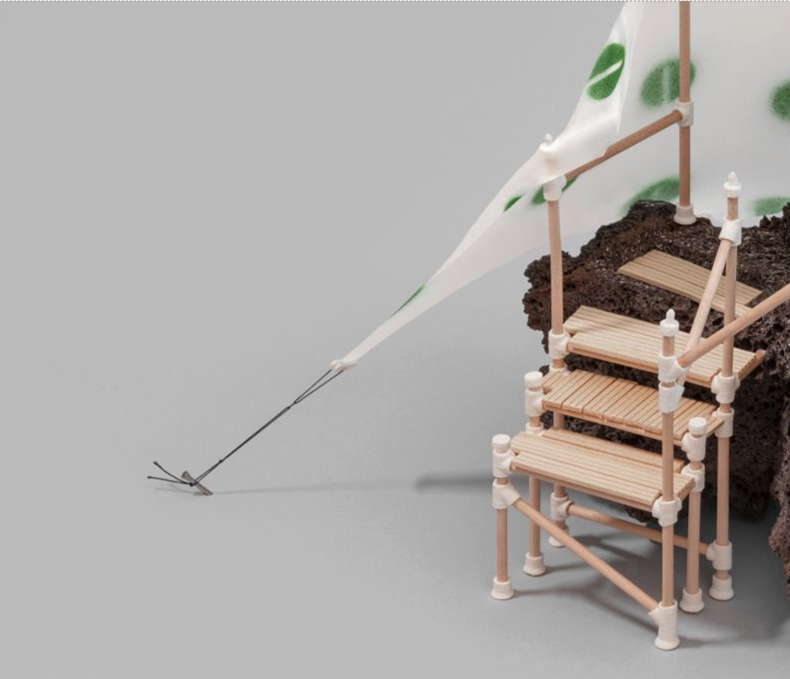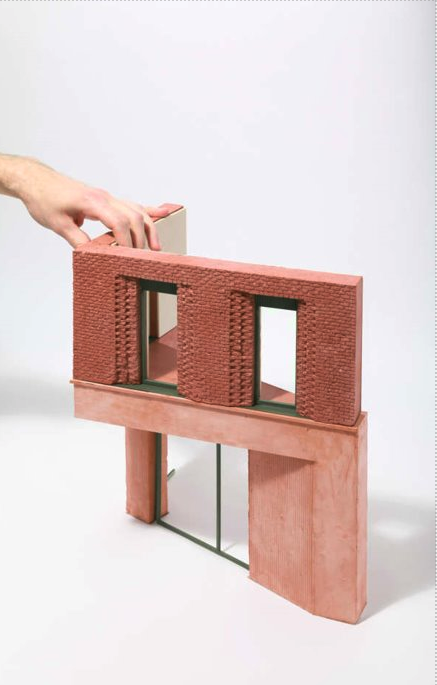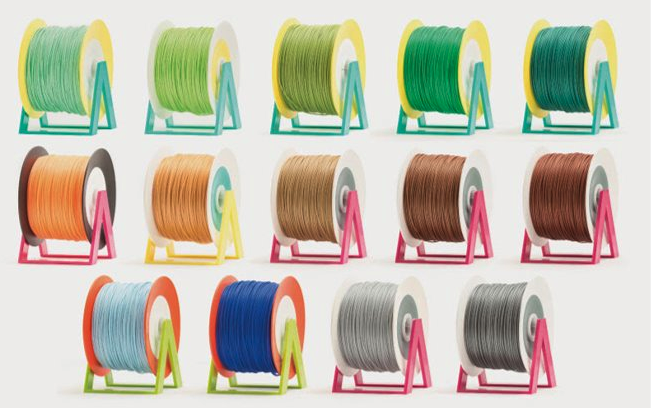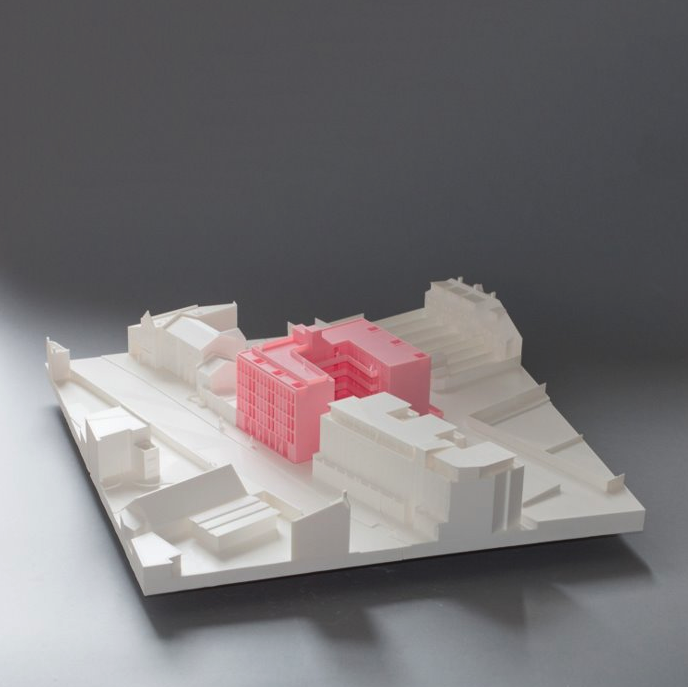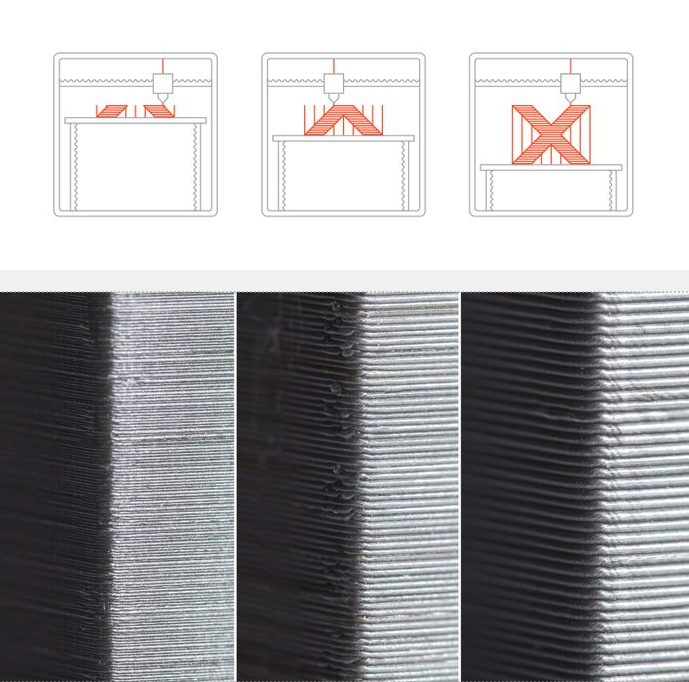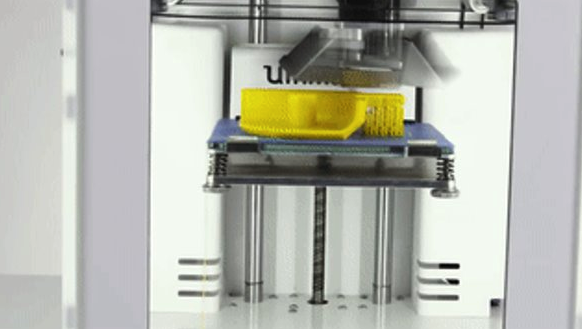Sharing his knowledge on the world of 3D printing and its applications in the design and architectural sectors – UAL Short Courses tutor, and industry expert Theo Jones talks us through the processes of creating 3D models for printing and, how many designers use 3D printers within their work. From how to create models suitable for 3D printing, to their amazing possibilities, material choices, and where to get 3D prints produced affordably from home. He will walk you through the basics of making a digital model that’s 3D printable, in easy to use software and exporting it to be printed with distributed makers around the world, no workshop required!
Theo Jones is a professional model maker and architectural designer who teaches at a number of top universities as the founder of Green Mat Workshop, and leads our Digital Model Making for Designers short course.
What is 3D printing?
In basic terms – 3D printing is taking a digital model and turning it into a physical object using a 3D printer. These models are printed layer by layer into a physical version of your digitally designed model. This type of printing is called fused deposition modelling or FDM for short, Theo notes “in this process, often the 3D printer and software do all the complicated stuff for you.” adding “FDM is the most common type of 3D printing used in creative professions.” This is predominantly because it’s affordable and there are various materials you can print with. Typically, items produced by FDM 3D printing have a ‘plastic’ look and feel, however, there are other methods in which you can produce a smoother or more powder-like finish, these are stereolithography (SLA) and selective laser sintering (SLS).
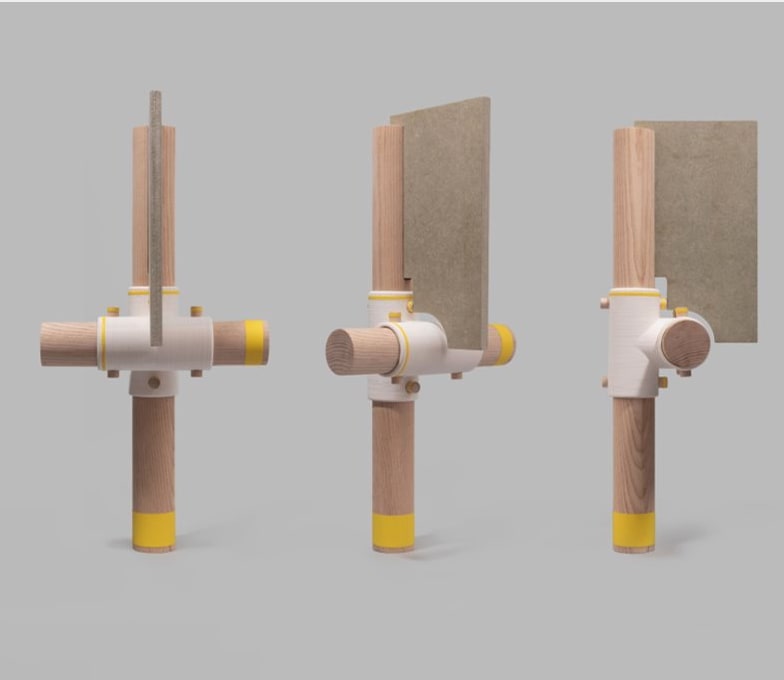
How does it work for designers?
You can use 3D printing in many ways, such as creating physical architectural models or sample furniture and products. It can be a useful way for designers to test out physically how their design functions aesthetically and structurally– Theo notes, this is specifically useful for product designers. As models can be combined with many other materials, designers can utilise 3D printing to produce parts of their design, but not necessarily the entire design.
3D printed pieces can form essential elements within designs, like the below product, where they used a 3D printer to create the joints in the structure – this allows designers to have control over sizing and colour, options that wouldn’t be available to buy in stores.
It’s worth noting, printed objects aren’t always the final result – it’s a technique that can be used to create moulds for example, to enable designers to produce models in a desired material.
This example is a building facade cast in plaster, for a more ‘realistic’ material finish – something that would have been difficult to produce as accurately without using a 3D printed mould.
Design something yourself, learn how to make 3d models for printing
Theo suggests the use of the application SketchUp, an accessible and easy to use 3D modelling software package. You can create your own 3D design or get started using one of the many existing models on the internet.
Tips from Theo
- When you’re designing your model, you need to think of Easter eggs, it needs to be a solid shell. If you have a model of something that’s very complex you may accidentally create a small gap which can cause issues when printing, so remember to fix those!
- Ideally, when modelling and designing your item, model at the same scale you're going to print in, because you might want to adjust how big something is in reality compared to a scale model. If it’s a 1 to 100 model, it's a hundred times smaller than reality, so you may want to exaggerate something.
- Add the plug-in ‘Solid Inspector’ to SketchUp to spot any problems or gaps in your models.
- Print in pieces where you can, it saves the complication of printing everything as one model.
Alongside SketchUp there are other software applications available to use – Rhino 3D is popular with architectural, spatial designers (and sometimes product designers) and then there’s Fusion 360, which is more popular with product designers specifically. You can access a free demo of SketchUp, though Rhino 3D and Fusion 360 are both paid subscriptions.
What materials can be used by 3D Printers?
The material used by FDM 3D printers is called a filament. The most common is PLA as it’s cheap and reliable – it has a somewhat smooth finish, doesn't show too many layers lines and it comes in lots of different colours. However, it's mechanically not very strong, so if you're producing something such as a bike part – Theo wouldn’t recommend it, though you can find different types of filament such as ABS that would work! Filament comes in lots of different colours, you can get filament that looks like wood, filament that changes colour – there is a real variety out there!
How can you use 3D printing if you don’t have access to a printer?
You may not have access to a 3D printer, outside of universities and offices in the design sector – but there are many businesses that can print your designs for you. With many offering a quote based on your file upload, there are many affordable options to choose from without having to invest in a home 3D printer.
Is 3D printing sustainable, or can it be?
FDM 3D printers use filament as the material, the most common being PLA, which is starch-based. Therefore PLA is biodegradable under certain conditions and it’s not toxic (in the way that other filaments are) – for example, Acrylonitrile Butadiene Styrene (ABS) is more problematic when it comes to sustainability. If you’re trying to work in a more sustainable way, Theo suggests the use of PLA or recycled PLA, which can be found at various suppliers.
